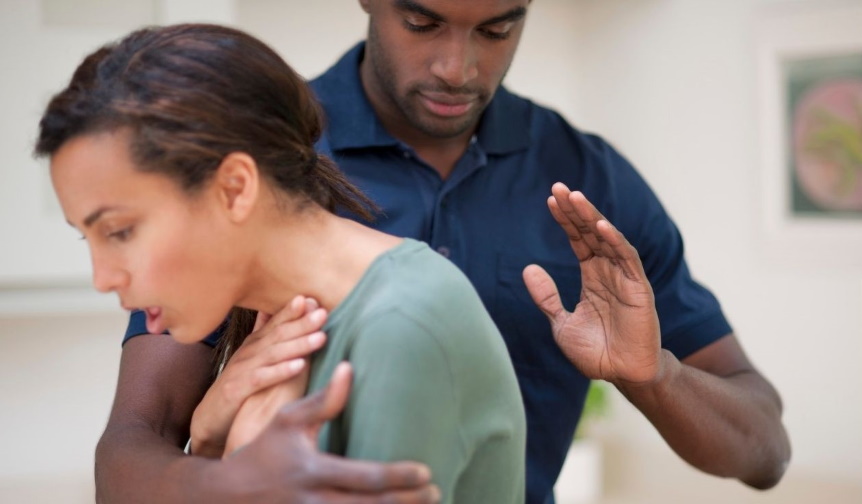How to stop someone choking
- Written by Darcy Colwill

What is choking?
Choking is when an object becomes lodged in the throat or windpipe and prevents the victim from being able to breathe. This can occur with food, miscellaneous objects, or when a drink goes down the wrong way. You have likely experienced this at some point in your life and the terrifying feeling that accompanies it.
More than 80 people die every year in Australia of choking. Babies are at the highest risk, as are the elderly.
Signs of choking
People who are choking will often clutch their hands on their throats. Look for their inability to talk also, difficulty breathing or noisy breathing, squeaky sounds as they try to breathe, coughing, skin and lips turning blue, skin that is flushed and then turns pale or blue, loss of consciousness.
Ensure they are clutching their throat to ask if they are choking as they may be suffering from an asthma attack or another condition that requires alternative treatment.
What are the main causes of choking?
A multitude of things can cause choking. Food causes the majority of cases but is followed by toys and their parts, coins, buttons, batteries, magnets and other small objects. Liquids are also a main cause of choking.
How to prevent choking
Kids
Avoid dangerous foods such as grapes or cut them into small quarters for children. Make sure children sit up while eating, provide toys suitable for the age group, and keep batteries and magnets well away.
Adults
Chew your food properly! Equally, don’t eat too much at once and take your time to eat. Do not lay down while eating and avoid talking while eating or drinking.
Older adults
Make sure their food is in smaller pieces, and do not rush them to eat.
How to help
Taking a first aid course is the best way to be prepared for a choking situation.
Do not perform the Heimlich maneuvere! Instead, encourage the affected person to cough up the object and call 000. Bend the patient forwards and give them five sharp back blows with the heel of the hand between the shoulder blades. If this does not work, use a hand in the middle of their back as a support and the heel of the other hand in the CPR compression position. Continue this alternation until help arrives or the object is released.
Give CPR if they lose consciousness.
Choking First Aid
Provide First Aid in an Education and Care Setting is excellent for those wanting to help babies and small children. You can book in here.
Alternatively, learn how to assist choking adults and find your nearest location here.







